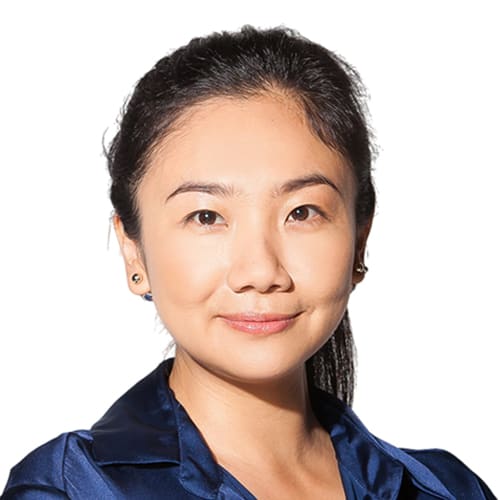Can ‘alternative schools’ revolutionise Thai education and improve children's capabilities?
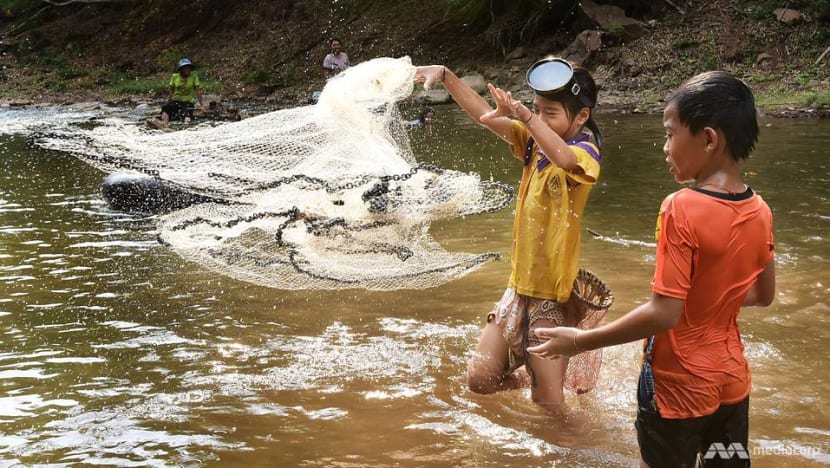
Wannipa Jaiping, 10, casts a fishnet in the Nan River during her outdoor class, where she learns about water and how to find food in the river flowing through her remote village in northern Thailand. (Photo: Pichayada Promchertchoo)
HUAY PAN, Thailand: The school children of Huay Pan are getting ready for their afternoon lesson where they will be taught about water.
There is nothing particularly unusual about what their teacher has got planned for them, with one exception. The classroom will be the Nan River, a 740-km tributary that flows through their little village in one of the most remote parts in northern Thailand.
Eight students aged between six and 14 swim to a clearing on the muddy riverbank. They sit in a circle with their teacher and discuss what they have to find out during the class.
“Today, we’ll learn how to find food in the river. Do you see what your parents are doing in the water behind you?” Saranporn “Mon” Ratsiwo asks her students.
“Fishing!” they all reply.
“Your parents will be your teachers this afternoon. So, let’s find out what methods they use to catch fish and what else we can find in the water besides fish, shrimps and seaweed. There may be other things in there,” the teacher says to her excited pupils.
The class moves into the river. Young children hold their parent’s hand as they walk on slippery river rocks while the older ones dash past with fishnets and swimming goggles.
Hands-on experience in outdoor classes forms a significant part of teaching and learning at the Huay Pan Learning Centre – the only school that is easily accessible by the village children, who would otherwise have to travel up to 120 kilometres to get a basic education.
Unlike Thai mainstream schools, the Huay Pan Learning Centre offers ‘alternative education’ to children from kindergarten to junior high school. Its curriculum not only covers the core subjects laid out by the Education Ministry but also incorporates lessons on issues that directly impact the village such as soil, water, forest and food security.

Even more unusual when compared with mainstream schools, the Huay Pan Learning centre offers its students a say in what they are taught. Children get to choose what they want to learn and do not have to sit exams. Evaluation takes place throughout the academic year and marks are accumulated through project work.
As for teachers, they are not lecturers but rather mentors who design an active learning environment and ask questions designed to trigger students’ curiosity.
“Traditional education in Thailand is like learning in a small square room. But here, our students learn from first-hand experiences in their environment. They learn by seeing and touching real things, and that brings happiness to the learning process," Mon told CNA.
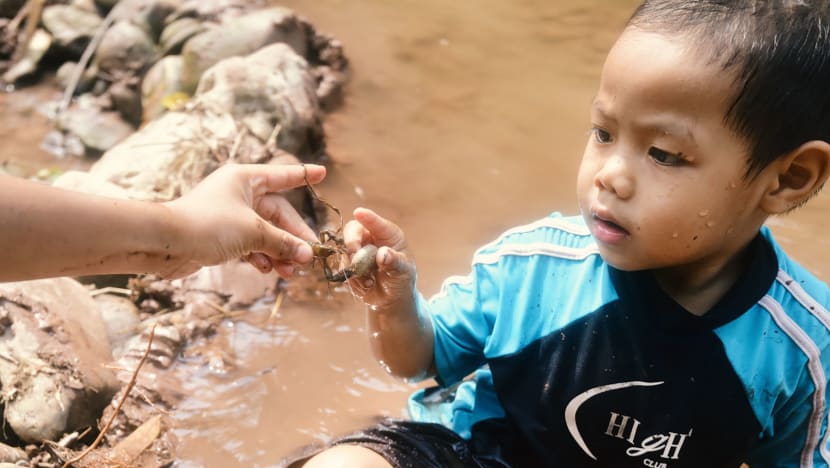
The style adopted by alternative schools contrasts with the approach of many of their mainstream peers in Thailand, where learning by rote in a formal classroom environment is the norm. Students and teachers' interactions tend to be formal and lectures are more generally take precedence over discussions.
At Huay Pan, however, children are encouraged to have an inquiring mind. They are taught to observe their surroundings, ask questions and seek the answers themselves.
"If we keep feeding them knowledge, they won’t research or think further. But if they’re curious, the knowledge stays with them,” Mon said.

THAILAND’S FAILING EDUCATION
While schools in Thailand strive for academic excellence, teachers at Huay Pan aim to make education fun in order to unlock students' full potential.
In fact, this method of teaching and learning is gaining popularity among parents in the Southeast Asian country, where the mainstream education system has shown signs of shortcomings in academic achievements.
A worldwide survey on educational systems showed Thailand could do better. In 2015, the country came in 54th place in the Programme for International Student Assessment (PISA), which involved 540,000 students from 72 countries and economies.
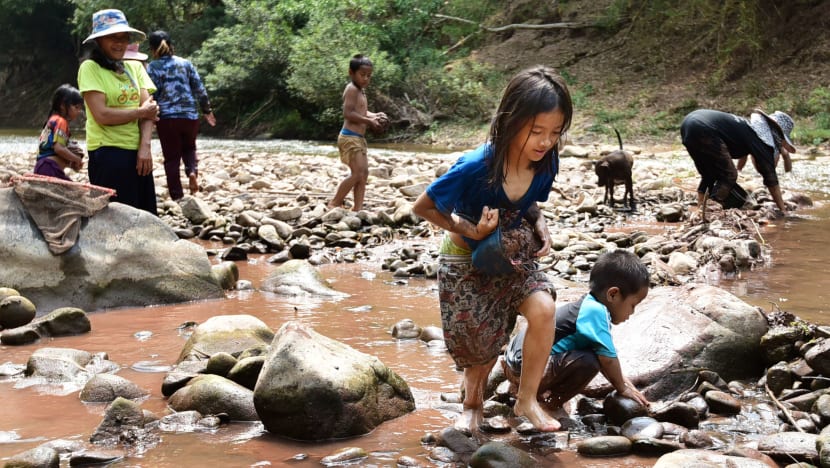
The triennial study evaluates the capabilities of 15-year-old students in science, mathematics and reading to determine their ability to utilise in real life what they have studied. Its 2015 assessment revealed Thailand scored lower than average in every field, while Southeast Asian neighbours Singapore and Vietnam – the first and the eighth in the 2015 global ranking – exceeded the mean threshold.
In fact, Thailand's performance has seen a declining trend since 2000 when the country first participated in the PISA study.
READ: Inspired by Singapore’s education system, Bangladeshi migrant worker starts polytechnic
“Almost half of Thai children lack these foundation skills. At this age, many of them stop school to start working. This means we have a workforce with this much ability in Thailand and this is more worrisome than scoring less than other countries,” said Nicha Pittayapongsakorn, an educational researcher from the Thailand Development Research Institute.
“We should focus on how we can develop most people in the country. If Thai schools are to catch up with the world right now, they can’t just exist as a place that feeds kids with academic knowledge."

For ex-Education Minister Teerakiat Jareonsettasin, however, Thailand's PISA performance does not signify shortcomings in its educational system. He also claimed the reading test used academic lingo Thai students struggled to understand which affected their scores.
“Even English speakers found it confusing. They had to read it over and over again. When it was translated into Thai, the translation wasn’t inaccurate but they used academic lingo. I don’t want to say it was comparable to Google Translation. It wasn’t that bad but it was difficult for Thai children,” he told local media last year.
Still, many parents believe mainstream education is not enough for their children’s future. Among them is mother-of-one Pornthawan Chanchitsophon, who has recently enrolled her son in an alternative school in Bangkok.
“Parents nowadays don’t think academic excellence can help their children survive. Life skills are important and children who graduate from alternative schools will be equipped with them,” she told CNA.
Pornthawan believes a holistic learning process will help her son develop his creativity, logic and sense of responsibility. "Children have opportunities to express their opinions and feelings while learning hands-on experience at alternative schools," she added.
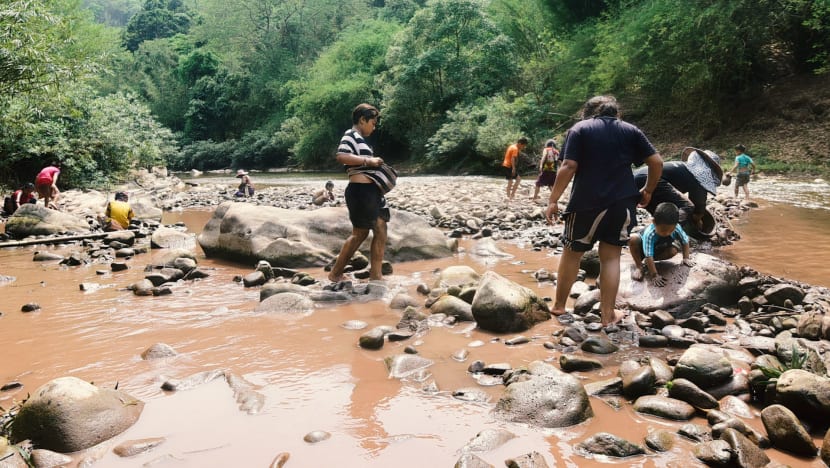
In Thailand, however, tuition fees for alternative schools are usually comparatively high. Not every family can afford to pay for private educational establishments offering an alternative curriculum. Most children attend public schools where traditional teaching and learning methods are the norm.
To improve Thai education, Nicha said the national curriculum needs adjusting to develop non-academic skills.
“The curriculum we’re using is packed with academic content. But in this era, it’s no longer about what content we should feed children with but rather how to create a learning method in classrooms that enables them to seek knowledge themselves, analyse the information they find and use it to create something new,” she told CNA.
“Alternative schools play a key role here because they have proved that non-traditional teaching and learning methods are possible in Thailand. In the 21st century, children should have skills in critical thinking, communication and teamwork. Right now, alternative schools have already picked up on these, and actively too.”
READ: Battling stigma and distrust, male pre-school teachers find joy in shaping young minds
LIFE IS LEARNING AND CLASSROOMS ARE EVERYWHERE
Various efforts have been made to improve Thai education. Many public schools have visited their alternative partners to observe their teaching and learning techniques in order to adjust their own methods.
Roong Aroon School - School of Dawn - in the capital Bangkok is among Thailand’s most prominent pioneers in alternative education.
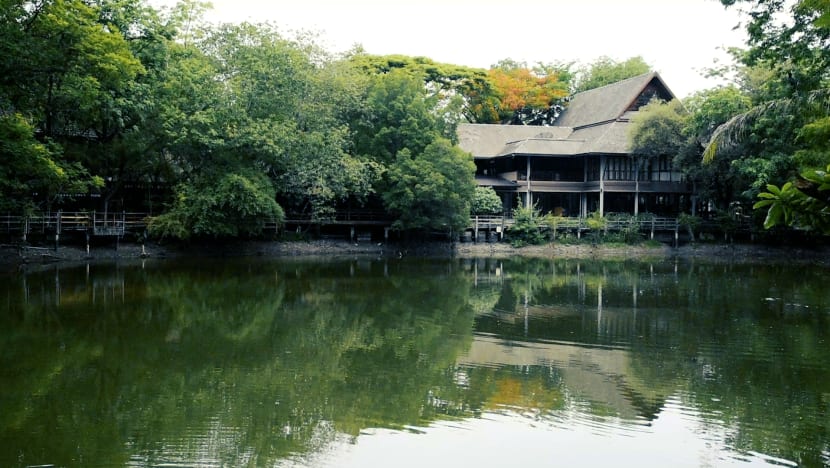
A private non-profit organisation, it regularly welcomes representatives from schools across the country to observe the way its teachers and students interact on its premises – an 8-hectare natural classroom that includes a massive pond surrounded by wooden school buildings, a rice field, a forest garden and a waste sorting facility.
The school uses a holistic approach to teach some 1,400 students from kindergarten to high school the art of living with self-reliance. Since young age, children make their own lunch, grow rice and sort the school’s waste for recycling.
“Life is learning. We learn all the time. Classrooms are everywhere and so are textbooks; they aren’t limited to square rooms, books or pages. Every place presents a learning opportunity," said the founder of Roong Aroon School, Prapapat Niyom.
Teachers are designers who make it possible for children to learn from nature around them, from society and people, from livelihoods and resources.
"Our school creates opportunities for all children to reach their learning potential in the most effective way possible," she added.
Besides studying the core subjects, students at Roong Aroon School also gain other skills from holistic learning processes. Subjects are integrated and teachers are tasked to create active learning opportunities. Children are encouraged to research, communicate and work in a team through hands-on practices in real situations.
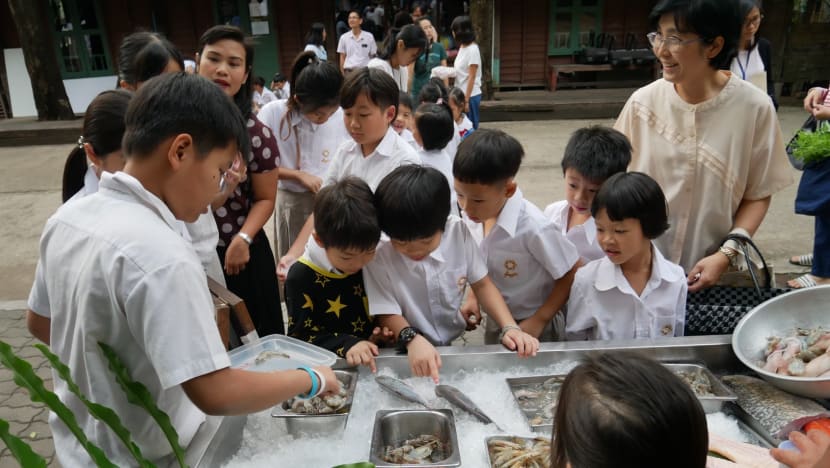
For example, when Grade 4 students have to learn about the capital, they have to find where they live on the map and how to get around Bangkok - which bus numbers to take, how much money they have to prepare, and how far they have to walk.
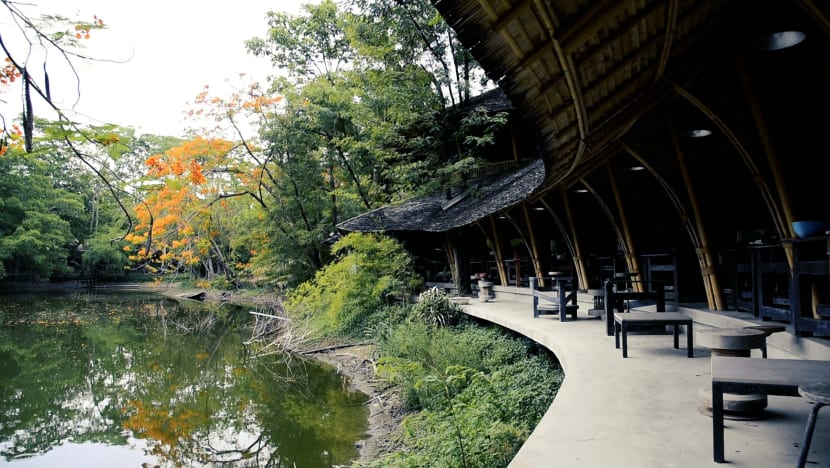
Back in Huay Pan, the children help their parents build a small barrier with mud and rocks. The technique is part of the local wisdom to divert the water flow. When the area behind the wall goes dry, the children find small fish and shrimps stuck between the rocks.
Screams of excitement fill the valley whenever someone manages to catch them.
"Practical knowledge they've learned since since young age is part of the nurturing. Each community has its own context and we should use it to find out what children need to learn," Mon said.
"Students here can go to the jungle without bringing any food but rice. They can fish, make a fire, use bamboos as food containers, and eat. And that’s important for them – the survival skills."








